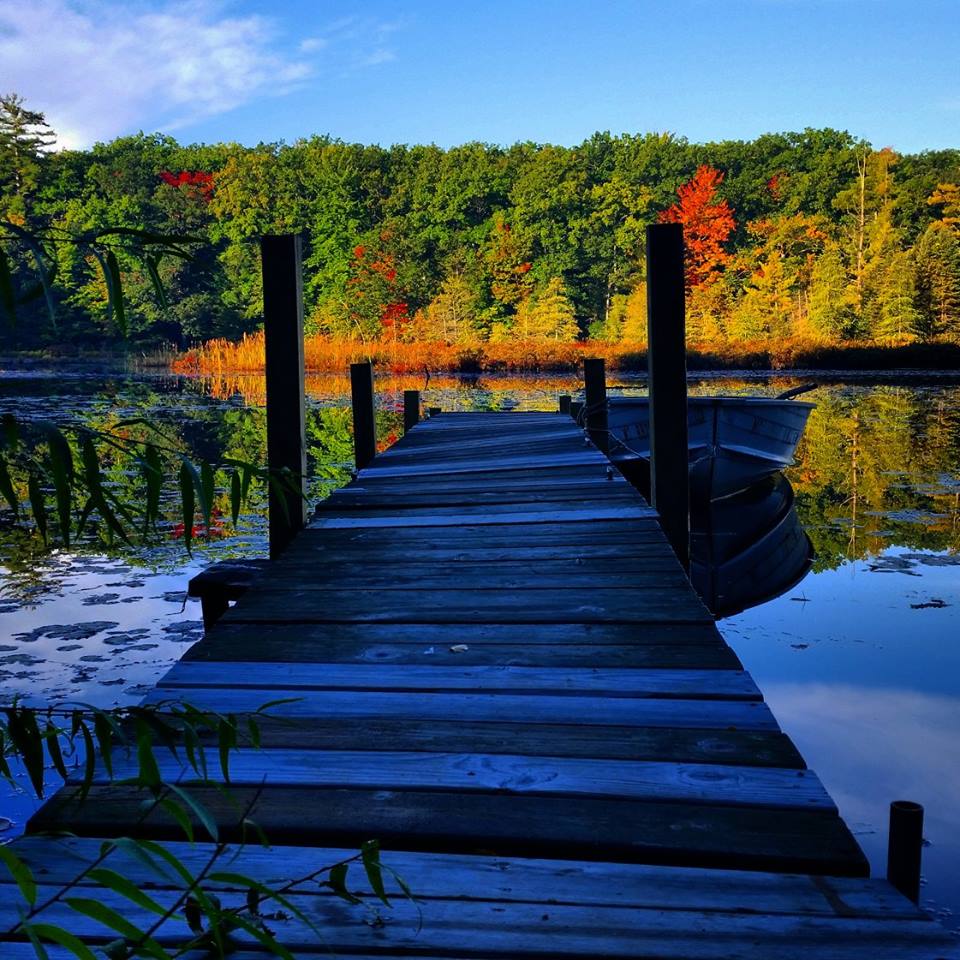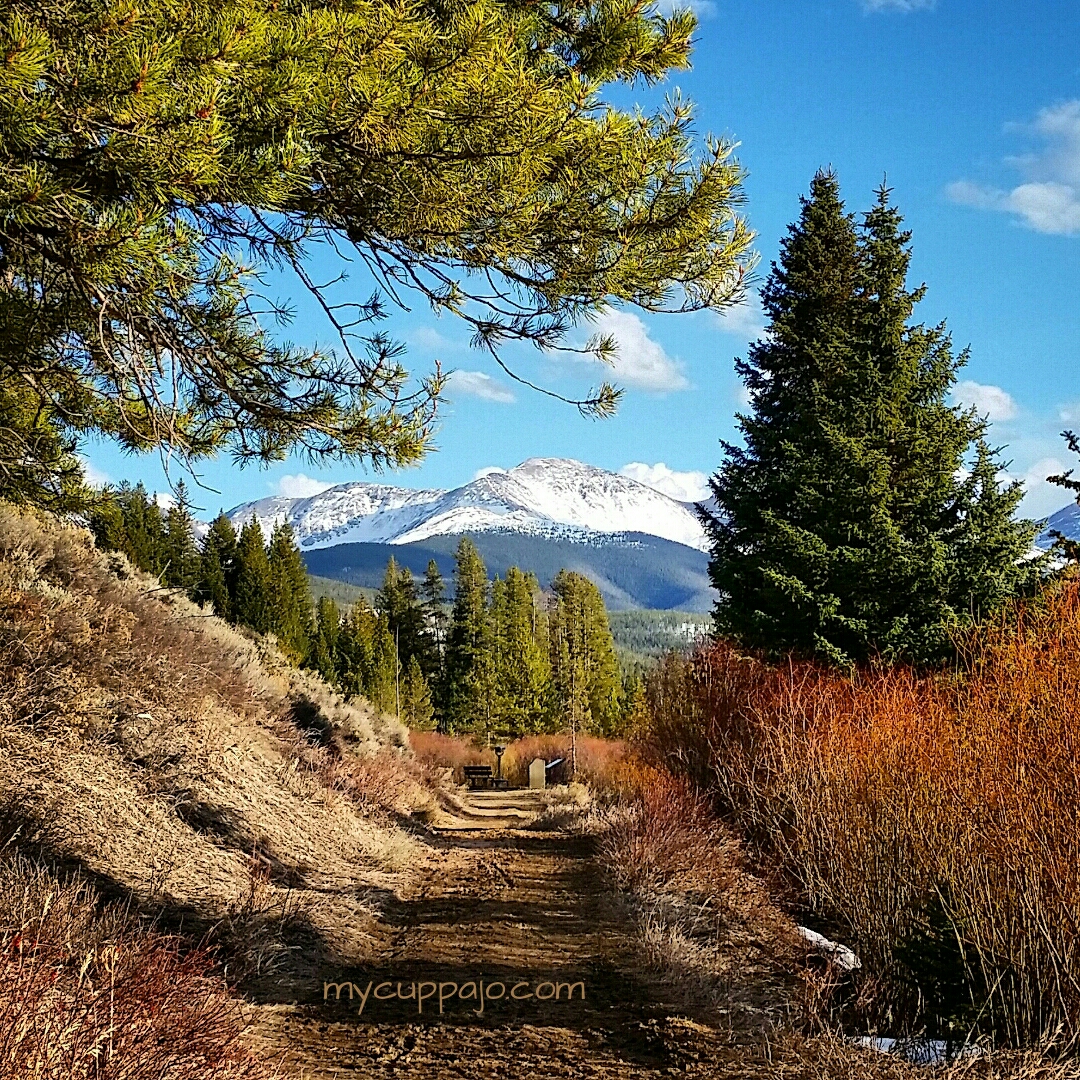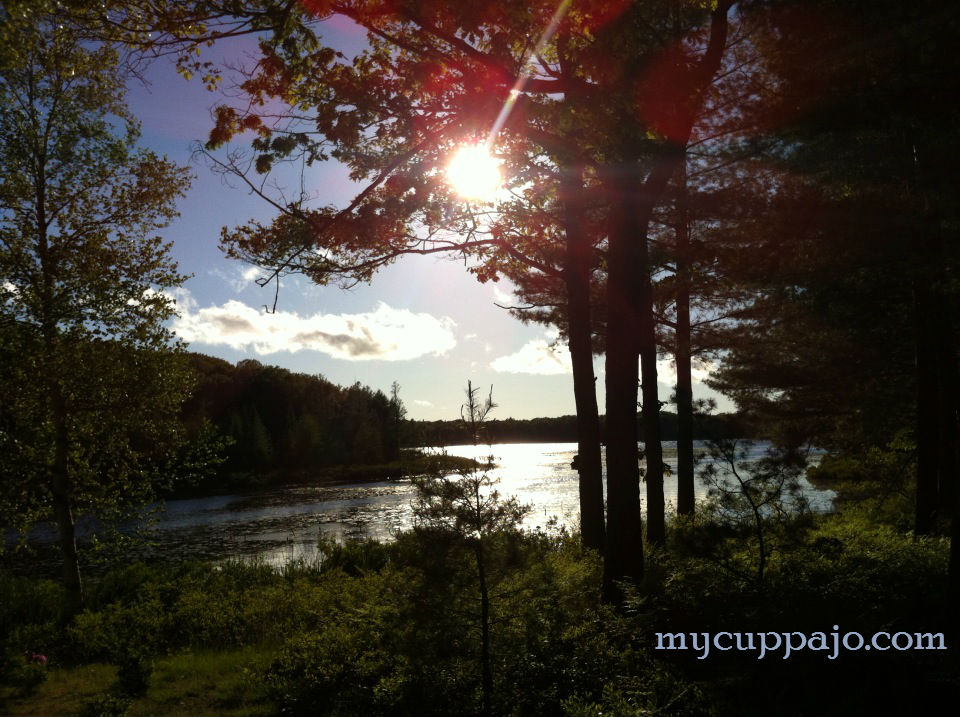In my last post I talked about movement variability and how important it is for folks trying to change their pain, or just live more healthfully and resiliently in general, and in this post, I want to dive into that topic a bit deeper and talk about ways I’ve added more movement variability into my own life. This is part of a series on how pain can start to shrink our world a bit (sometimes a very big bit) when we’re in pain and how expanding our world can help us to change our pain. But in order to expand our world, we need to move better within that world which means we need to be able to move in all sorts of ways and in all sorts of contexts.
Movement variability
To break it down, we – the awesome, strong, resilient, adaptable human beings that we are – are designed to move in all sorts of ways in all sorts of contexts. And the more ways we can move and the more contexts we can move within, the better off we are. It doesn’t have to look a certain way, if one way doesn’t work or causes pain, another way that accomplishes the same goal without pain will do. The key is to have as many ways to move as possible and to move in a bunch of different ways throughout the day.
I think that trying to confine our movements to the ‘correct’ form or posture can actually do us harm, unless we’re lifting loads – that’s a bit different – but I’m talking here of our ability to just move naturally and easefully through our environment and get active when we want to be active without worry or fear. When we only move in one way or in very limited ways or the same way all the time, even when we are lifting weights, we set ourselves up for pain and discomfort. The world is an unpredictable place and if we can’t adapt, if we can’t move in a bunch of different ways and in different environments, we’ll be in trouble, our worlds will become very, very small.
So making our world bigger is where it’s at, whatever you want that world to look like.
Getting out into the natural world as helped my pain immensely, that’s why I try to hike and get into nature as much as possible. I find being in nature to be incredibly peaceful, calming, and healing and being outside engages my curiosity as well, feeding my desire to explore and capture what I find with my photography.
Being in nature also gets me moving, in all sorts of ways and in varying contexts – in all sorts of weather, on all sorts of surfaces, with all different kinds of scenery to engage my senses.
Nature may not be your thing, that’s ok, the important concept here is to find your thing and work toward being able to go do it and then once your doing it, work toward being able to do it more and do it better.
Expanding my movement repertoire
One of my favorite ways of being out in nature used to be trail running, it was my thing. My stress-management, my me-time, my zen. But after my injury and after my pain set in for keeps, I feared getting back out on the trail to run, not even just the potential pain and injury part, but the social embarrassment and sucking at it part, too; I had to get over my ego to get back to it.
I just assumed that it was something I was never ever going to do again, or a long, long time. I grieved for it. I missed it every day. No amount of walking and hiking could make up for it.
Until a couple months ago, that is. It finally occurred to me that I was fearful of running without even trying it, without testing the waters a bit. I realized my fears were unfounded. So I went for a run (well, I call it a wog, because my jog is about as slow, maybe slower, than my walking pace. But hey, I’m doin’ it!).
Success!
And I didn’t break. I didn’t even flare up. And since that inaugural run, I’ve done it many times since, going a bit further each week (I’ve decided I’d rather go further than faster because I’ve come to realize time on the trail is more important to me than being fast) and feeling stronger, happier, and pretty much just downright awesome.
I used the same approach to get back out on the trail that I used to get through my previous fears around certain movements, an approach I want to share in case it may help you, too, to get back to doing something you once loved before pain/injury/age set in or to start doing something new altogether, that thing that you feel maybe you can’t do, for whatever reason.
On that note, I want to add that when I say ‘fears’ around certain movements, I’m not talking about being consciously fearful of movement, necessarily; I’m referring to more of an uncomfortableness with certain movements, an underlying sense of unease and worry and concern. For me they were movements I just didn’t want to do or think I could do, like hopping or squatting or sitting or running, and it wasn’t an overt or voiced fear in most cases.
And the fears can be of a different nature, too, like with my fear of running, part of it was knowing I was going to suck at it, that I wasn’t going to be as good at it as I was before. I had to get over myself in order to get back out there and do it; I had to be ok with being a beginner and reframe it as a challenge, not an obstacle, not an embarrassment.
Nudging pain, easing into movement
To start adding back into my movement repertoire some of those movements I was unsure of, I eased into them, first just by imagining doing it. Just thinking about doing it was enough to ratchet up my pain at bit at first, my muscles would tense up, my heart rate would increase, butterflies would take up residence in my stomach, I’d start to sweat – just thinking about it!
Boy, it made me nervous. But I was really careful to neither chide myself nor coddle myself – I wasn’t going to blame or make fun of myself for this happening nor was I going to let myself off the hook because of it.
So I’d imagine the movement and I’d do a couple reps, being sure not to send myself into a flare through imaging the movement/activity (it can happen!). Once I was comfortable imaging the movement, I took it a step further and kind of prepped for the movement. I’d find the edge where my comfort level went from ‘hey, this is alright’ to ‘hey, I’m not so sure about this…’ – which I could tell by my muscles tensing up unnecessarily, my breathing getting a little quicker, and that not–so-good feeling in my gut – and I’d work at that edge for a bit.
An example
With hopping I initially just stood on my right leg for a bit until I felt good, stable, and safe. Then, while standing on my right leg, I’d do a little hop onto my left leg, which didn’t scare or worry me so much. Then I’d stand on my left foot and do the slightest of hops onto my right foot. Then I’d stand on my right foot and do the slightest of jumps onto both feet.
Little by little, the edge got further out. Little by little I could hop on my right leg, I’d stand on my right foot and be able to actually jump up and leave the ground and land on my right foot. This was true for a number of activities that previously did me in. Little by little, I could sit for longer durations without worry or flare-ups (I wiggle a lot and shift my positions). Little by little, I could squat down to the ground to take pictures. Little by little, I could chase Buster around the house or the yard.
I do this daily, now, starting each day with some movement and yoga-like stretching and breathing to check in with where my body (and mind – all one thing, remember?) is at. I move all my joints in all sorts of ways, getting each one to go through it’s fullest ranges of motion with comfort and ease, finding my edges and working there, monitoring my breathing, my muscle tension, and introducing new movements regularly because our bodies thrive on novel stimuli.
I have fun with it. I play.
Expanding my movement, and my world, one step at a time
So I’m doing the same thing with wogging. I check in with my body/mind before heading out, I get my joints ready by going through a bunch of movements, and when I head out the door and hit the trail, I go slow. Very slow. I’m getting out there and easing into it, finding my edge, finding that place where my pain is still good, and hanging out there for a bit.
And I find the edge every day I hit the trail, never assuming it’s in the same place. Sometimes I can go further or a wee bit faster, other days I have to stick closer to home and go slower, and some days I just walk. But it’s all good. I don’t push it if it doesn’t feel good. I don’t go over the edge.
I may never run another half-marathon or 7 minute mile again, but that’s ok. And who knows, I just might. I’m not ruling anything out anymore. But whatever happens, my movement repertoire is now a little bit bigger, and so my world is now a little bit bigger.
No matter what happens, I’m still on the trail.
Am I crazy?
It might be a stretch, this expanding our world a bit to expand our movement a bit or expanding our movement a bit to expand our world a bit, but I don’t think so. It is all connected. No one thing works in isolation, in my experience. We need lots of things, lots of experiences.
We need to expand our worlds AND expand our movement capabilities, and by doing one it will positively influence the other and I don’t know that we can do one without doing the other.
This gets missed a lot in therapeutic settings, I think.
The bottom line for this series of posts
Pain is a result of a lot of things going on in our lives, both externally and internally, and so we can only change pain by addressing all those ‘a lot of things’ going on. I think expanding our world a bit and moving within that wider world a bit more, with a larger movement repertoire and more movement variability, tackles a lot of those things.
But to even be able to expand our world a bit, to even be able to expand our movement repertoire a bit, we need to be able to talk about it first – all of it – so that we can address all of it. And this talk goes with our talks with ourselves, too, not just with others.
We have to remember that there is no one way to change pain or overcome pain or manage pain or live functionally or live more fully or live more meaningfully or whatever you want to call it (I struggle with what to call it myself, I like changing pain right now), so everything has to be on the table. And pain might not go away – that’s ok, that’s not failure. We can still live full, active, meaningful lives, even when pain sticks around.
It’s important to talk about that, too (for more on that, read this AMAZING post by Bronnie Lennox Thompson, one of my pain heroes!)
That’s it for this one folks! Thanks for reading my post. In the next post I’m going to speak more specifically to my running routine, now: how I started, how I’m progressing, and helpful tips for anyone else who wants to start, too. It’s not a how-to, per se, it’s more of a ‘How-I’ that I hope can be a launch pad for folks who want to start jogging or running or getting active again after pain/injury/aging has limited them for a while.
Future posts are still coming up on sleep, expanding our worlds through creativity, nature, travel, and a host of other things, and anything else that pops up in the interim. Let me know what you’d like to know!
If you like what you read, I’d greatly appreciate it if you shared it with your friends! Or sign up for the monthly(ish) newsletter that always contains an essay not published anywhere else as well as links to interesting stuff I’ve read as well as a bunch of plant-based recipes, because I love food.
Thanks folks!

Pingback: Fear of movement and persistent pain